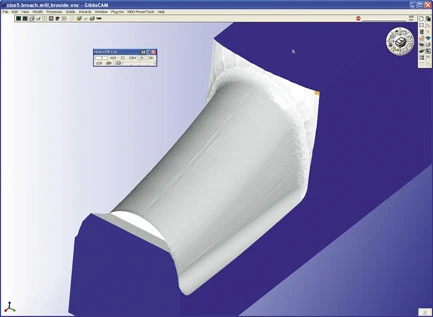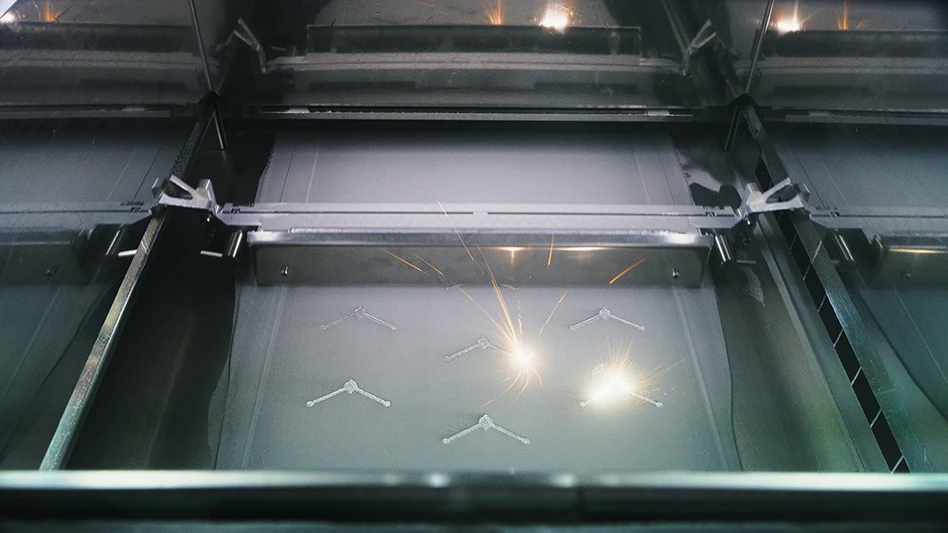
The United States is the largest medical device market on the planet, consuming about 40% of the world's output. Medical devices include a broad range of surgical devices and equipment used in cardiovascular, orthopedics, respiratory, ophthalmic, neurology and more. Felix Bargas has more than 20 years experience in this tightly regulated industry. He worked for larger medical device companies for about 15 years before breaking out of the corporate world to start Bargas Medical. Today, Bargas Medical produces a wide variety of medical devices: orthopedic implants and instrumentation, including veterinary; cardiovascular and dental;pediatrics; and devices that address spinal fixation.
"We do not compromise price for quality," states Bargas. This commitment to quality includes investing in the latest technology tools available to manufacturers today, regardless of price. "You get what you pay for," says Bargas. "To me, cost is all a part of value." This commitment to quality also plays well with organizations like the FDA, who are commissioned to ensure the safety and effectiveness of all medical devices. Bargas Medical is FDA registered and is also ISO 9001:2000compliant.
The horsepower for producing Bargas Medical's parts is provided by topoftheline CNC vertical machining centers and a CNC turning center. For programming his highend CNC machines, Bargas has GibbsCAM (Gibbs and Associates, Moorpark, CA) software. "It was very easy to learn and use," says Bargas. "And, from a processing standpoint, it thinks like a machinist thinks." The software also works seamlessly with SolidWorks 3D mechanical CAD, which is Bargas Medical's inhouse design platform.
Gibbs CAM's Cut Part Rendering feature, which allows digital machining of the part before sending it to the shop floor, has saved the company time and money and the pain of reviewing code before sending it to the shop floor. "I used to do a lot of proofing of code with other CAM systems in the past. To sit there and dry run a program is very time consuming. I eventually got so comfortable with Cut Part Rendering that I have eliminated dryrun machining," notes Bargas. And for Bargas, this means more machine time and less time wasted. "The bottom line is that if the spindle on your machine isn't cutting metal, you are not making money."
Bargas Medical continues to grow, and its commitment to quality and investments in technology have created value that is driving the company to expand its offerings and provide the services that are critical to the success of its medical device clients. TMD

Explore the July 2005 Issue
Check out more from this issue and find your next story to read.
Latest from Today's Medical Developments
- HERMES AWARD 2025 – Jury nominates three tech innovations
- Vision Engineering’s EVO Cam HALO
- How to Reduce First Article Inspection Creation Time by 70% to 90% with DISCUS Software
- FANUC America launches new robot tutorial website for all
- Murata Machinery USA’s MT1065EX twin-spindle, CNC turning center
- #40 - Lunch & Learn with Fagor Automation
- Kistler offers service for piezoelectric force sensors and measuring chains
- Creaform’s Pro version of Scan-to-CAD Application Module





